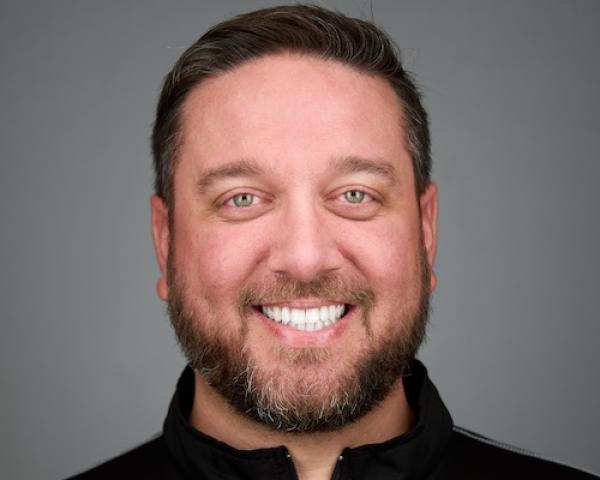Homeownership has long been considered a cornerstone of the American dream. But for many Gen Zers, record-high housing costs, economic instability, and rising insurance premiums are now making that dream feel more like a financial gamble.
According to 2025 data, 65% of Gen Z policyholders say they're likely to downgrade or reduce their home insurance coverage to save money. At the same time, our data shows that 69% of consumers are increasingly worried about property damage, particularly in high-risk areas. The result is a growing contradiction: more concern about loss, paired with less protection against it.
As more young homeowners consider opting for minimal coverage, they may be overlooking the long-term risks they're exposing themselves to. From weather-related disasters to everyday property damage, one unexpected event can wipe out years of savings and investments or put homeowners into significant debt.
To help this new generation of homeowners, the insurance industry must build trust with young consumers, helping them understand how and why cutting corners on coverage opens them up to serious long-term risks.
The Hidden Cost of Cutting Corners in Home Insurance
The contradiction between property damage concerns and young homeowners looking to reduce coverage reveals a potentially dangerous gap between perceived risk and actual preparedness. And the stakes are high.
With the National Oceanic and Atmospheric Administration (NOAA) predicting an above-normal hurricane season in 2025, and climate change fueling more severe wildfires, floods, and storms, property damage is an ever-increasing probability for many homeowners.
Even minor events can cause major damage, and without proper coverage, homeowners bear the full cost. For Gen Z homeowners, many of whom are already navigating first-time property ownership costs, a single uncovered incident could derail their financial stability. The illusion of short-term savings can quickly become a long-term financial setback.
The Trust Deficit: Why Gen Z Is Likely to Reduce Coverage
Trust, or the lack of it, is at the heart of the problem.
DocuSketch's research shows that nearly half of Americans (45%) don't fully trust insurance brokers to act in their best interest when selecting a home insurance plan. Many consumers are relying on brokers out of necessity, not loyalty. They need help navigating complex policies but often feel the experience is transactional or unclear.
This persistent trust gap between policyholders and insurance providers can be tied to a lack of transparency around policy and claims processes as a whole. Over half (54%) of consumers believe insurance companies aren't upfront about how claims are calculated. And when policyholders can't easily understand what's covered or how their protection works, it's no surprise that some begin to view insurance as an expendable line item, especially as they navigate tight budgets.
But the issue isn't just about product literacy. It's about relationships. Gen Z doesn't just want coverage; they want to be supported. They want to know exactly what they're paying for, how it protects them, and why it matters. Most importantly, they want to feel like the insurer is on their side, not just collecting premiums.
If the industry doesn't modernize communication and rebuild trust with Gen Z and future generations, this cycle of underinsurance and skepticism will only grow.
Bridging the Trust Gap: A Call to Action for Insurers
Fortunately, bringing the trust issue with homeowners to light presents an opportunity for meaningful improvement.
Insurance brokers who are willing to break from the traditional approach and instead become educators and advocates can fill a critical gap. In a market where insurance feels like a commodity, relationship-building becomes a competitive edge.
By taking the time to explain how coverage works, what's included in a premium policy, and how claims are assessed (without fear mongering) brokers can transform the perception of brokers from middlemen to trusted advisors.
Education, however, isn't enough on its own. Real-time transparency throughout the claims process requires both smarter communication and modern tools.
Documentation technology can play a critical role. By creating a single source of truth that gives both insurers and policyholders access to real-time information, insurance professionals can minimize misunderstanding, reduce friction, and foster trust throughout the claims process.
The Future Belongs to Trusted Advisors
Young homeowners are driving a shift in how the insurance industry engages with consumers, and their expectations are clear: honesty, clarity, and meaningful engagement. As premiums continue to rise, trust and transparency are no longer optional—they're essential.
The future of insurance isn't about selling policies or processing claims, it's about earning trust. Those who act now to build that trust will be well-positioned to help young homeowners select the coverage they need and be a leader in this shifting landscape.






